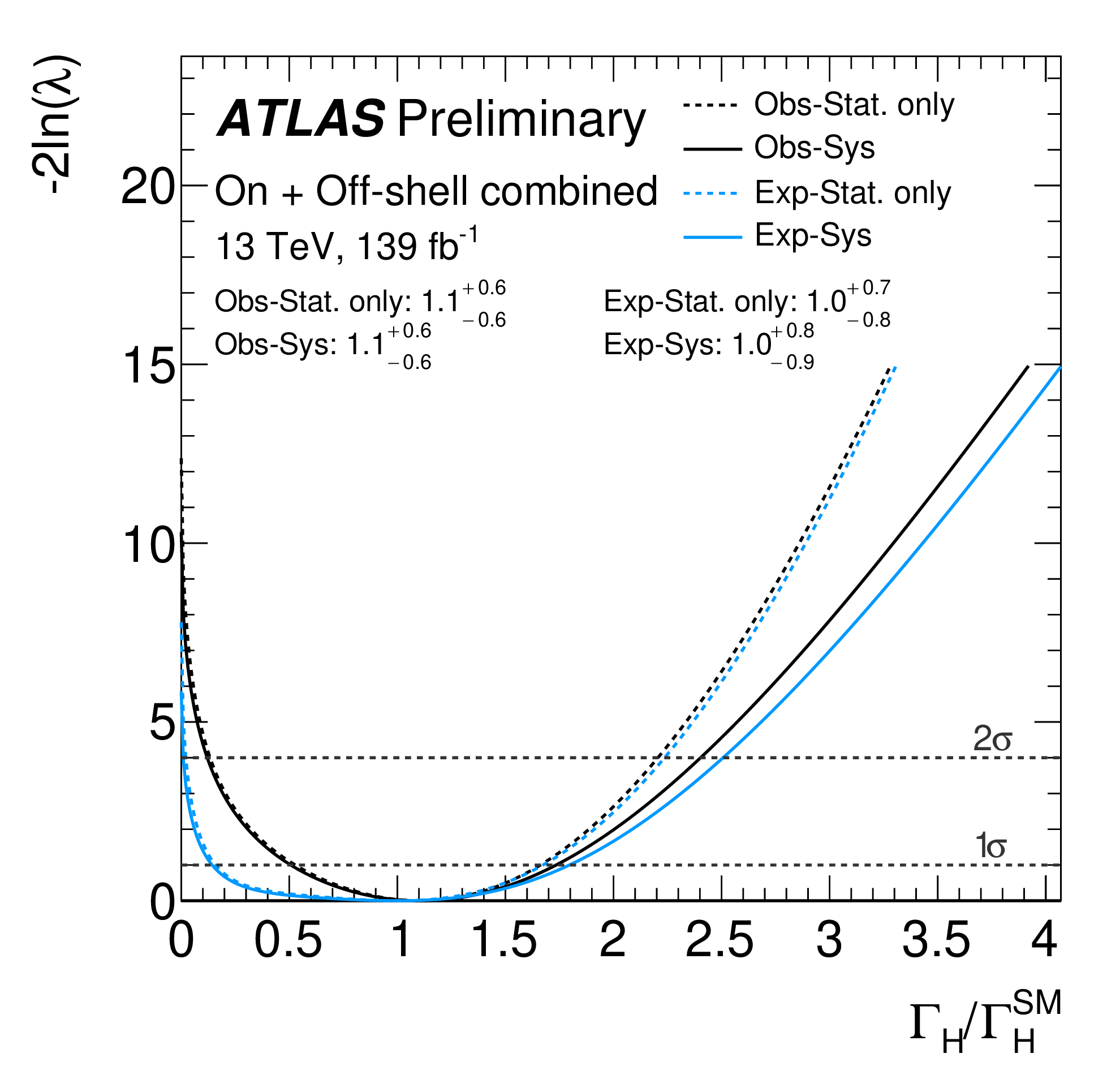Professor Verena Martinez Outschoorn has been promoted to the rank of (Full) Professor.
Congratulations to Verena!
Prof. Carlo Dallapiccola elected as at-large member of the US ATLAS Management Advisory Committee (MAC)
Prof. Carlo Dallapiccola was elected by the US ATLAS institutions as a at-large member of the US ATLAS Management Advisory Committee (MAC). The MAC provides advice to the US ATLAS management on a number of issues, including long range strategic planning, policy issues, financial matters and strengthening US ATLAS participation in international ATLAS.
Congratulations, Carlo
UMass Amherst physicists among winners of prestigious Breakthrough Prize in Fundamental Physics
Scientists from UMass Amherst are among the thousands of researchers worldwide honored with the 2025 Breakthrough Prize in Fundamental Physics, awarded to the ATLAS Collaboration at CERN’s Large Hadron Collider (LHC) alongside its sister experiments ALICE, CMS and LHCb. Among the laureates are 36 scientists from the UMass Amherst research team, including 14 PhD students, who produced were part of the UMass Amherst research team for the awarded results based on the data collected at the LHC from 2015 to 2018.
More information in the Breakthrough Prize webpage and on the ATLAS webpage
Congratulations!
UMass team develops new AI-based data analysis method
The UMass team create an innovative new AI-based technique for data analysis called neural simulation-based inference and used to improve the recent analysis of off-shell Higgs-boson product.
More details: https://atlas.cern/Updates/Briefing/Cracking-Off-Shell-Higgs
Prof. Stephane Willocq elected new ATLAS spokeperson
Congratulations, Stephane!
Prof. Rafael Coelho Lopes de Sa earns tenure and promotion
Professor Rafael Coelho Lopes de Sa has earned tenure and promotion to the rank of Associate Professor effective September 2023.
New Initiatives in ATLAS Research
Our research activities and plans for new research initiatives on the ATLAS experiment have been rewarded with several new grants. These are summarized in a news story published on 8 Dec 2022: Press Release.
UMass team leads effort to measure the Higgs boson total width
A team led by Prof. Coelho Lopes de Sa, including Research Scientist William Leight, Postdocs Martina Javurkova and Michiel Veen, and Graduate Student Sam Krishnamurthy has produced first evidence for off-shell production of Higgs bosons. The analysis is based on 139 fb-1 of data collected with the ATLAS detector at the Large Hadron Collider during the years from 2015 to 2018. A sample of Higgs boson decays into pairs of Z bosons yielding final states with either 4 charged leptons (4l) or 2 charged leptons and 2 neutrinos (2l2v) was used to measure the off-shell Higgs production rate. A zero width is excluded for the first time with a significance greater than 3 standard deviations. The findings are summarized in a news item at https://atlas.cern/Updates/Briefing/Higgs-Total-Width and a complete description of the analysis is available as an ATLAS conference note.
Prof. Verena Martinez Outschoorn receives CNS Outstanding Research Award
Professor Verena Martinez Outschoorn was awarded the 2021 CNS Outstanding Research Award. Congratulations to Verena!
The announcement can be seen on the CNS webpage https://www.cns.umass.edu/news-events/news/honoring-excellence-and-extraordinary-service-cns-2021
Prof. Verena Martinez Outschoorn earns tenure and promotion
Professor Verena Martinez Outschoorn has earned tenure and promotion to the rank of Associate Professor. Congratulations to Verena!
The news item from the Department of Physics can be viewed at https://www.physics.umass.edu/news/2020-12-07-verena-martinez-outschoorn-tenured-and-promoted.